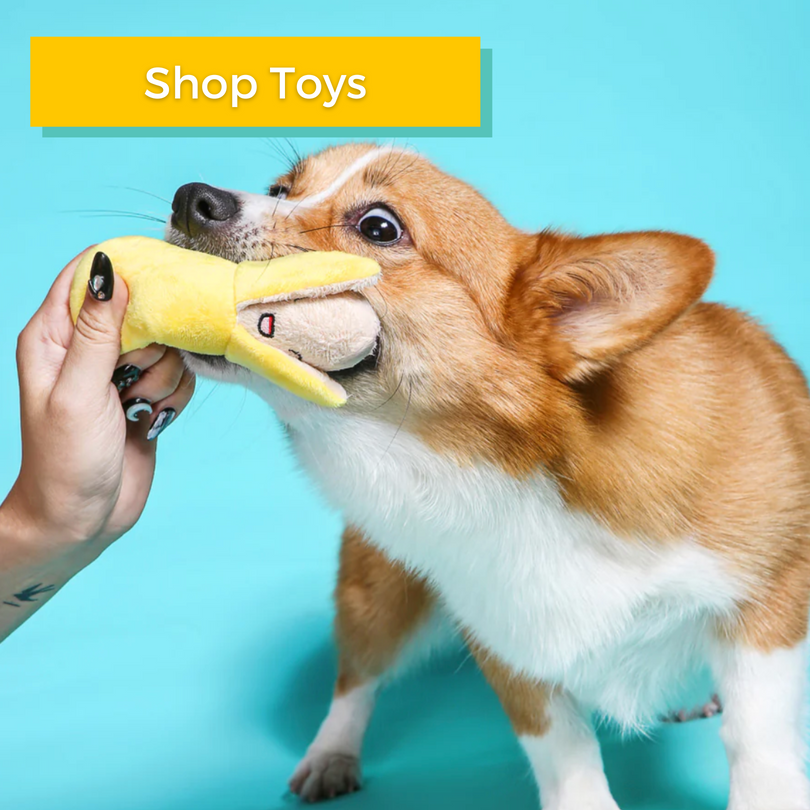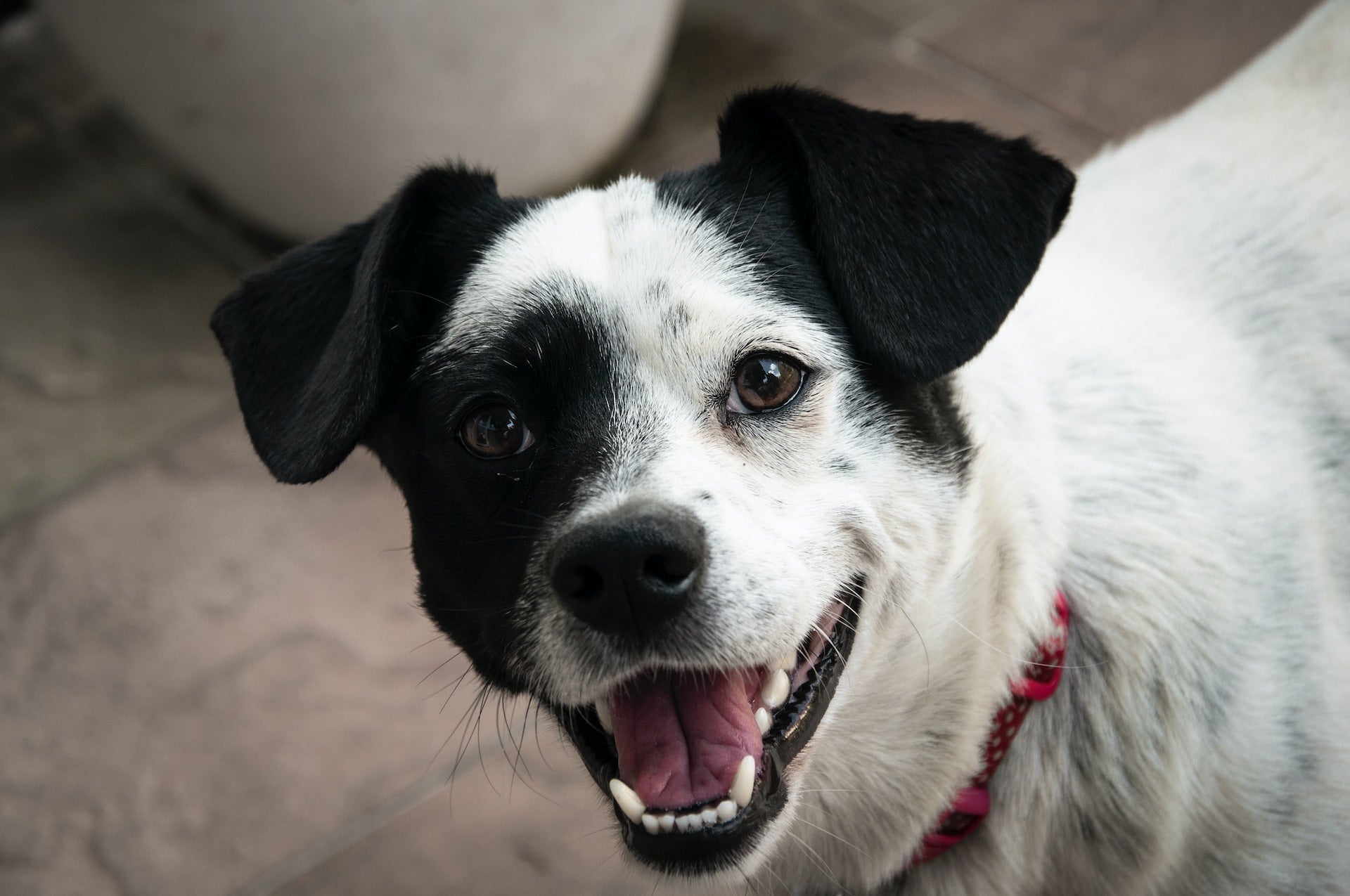If only you would pay enough attention, you may realize that dogs talk. Shocked as you may be at this revelation, know that they do not speak with words as humans do. A dog will simply position or move its tail to communicate how it feels. This is known as the dog tail language.
By wagging its tail, a dog can communicate several different things, not just the basic ideology most people have that once a dog wags its tail, it means the dog is friendly or happy. The dog tail language goes way beyond that.
In fact, a dog may wag its tail to indicate anxiety or aggression, submission, hunger, tiredness of playing, and so much more. You can better decode what your dog is trying to communicate by critically observing its body language during the tail wag.
Here are some of the things your dog may try to tell you by positioning or wagging its tail and how you can accurately decode it:
1. Tail Position

A dog’s tail position can reveal the following:
Agitation
Dogs express their alertness by standing with their tails raised and ears up. This posture implies that they are watching and prepared to confront whatever has piqued their interest.
Negotiation
When a dog abruptly stops wagging its tail and freezes, it could signify that he wants to avoid being violent but needs some level of convincing. Many dogs do this when strangers pet them, indicating that they do not wish to interact with them. Giving the dog a treat may make it friendlier.
Curiosity and Submission
Dogs usually hold their tail in a horizontal position when they are curious. However, when it lowers its tail from a horizontal or neutral position, it is trying to express its submission. If it goes a step further to tuck its tail tightly between its rear legs, then your dog is scared.
Aggression
When a dog moves its tail from a neutral to a vertical one or arches over the back, it suggests that the dog is potentially hostile. This high tail position also causes the anal glands to release the dog’s scent, further communicating the dog’s aggressive approach and claiming its territory. The greater the threat, the longer the tail.
2. Tail Wag
By observing the breadth, speed, and direction in which your dog moves or wags its tail, you can decipher its moods. Some of these are:
Excitement or Friendliness
Dog tail wag can be either slow or exceedingly fast. In this case, the faster the wag, the happier the dog. It may wag its tail so swiftly that it appears to vibrate.
A friendly dog may also wag its tail more freely but will most likely wriggle its hips at the same time.
Insecurity
When your dog is nervous about meeting another dog or a new person, it may wag its tail slightly to express insecurity. You can decode this wag by noting that it is much slower when excited.
Aggression

Assuming you visit a friend and encounter their dog for the first time, and it wags its tail quickly while holding it vertically, it could be a menace. Understand that it is possible for a dog wagging its tail to bite you. So, be alert and take the necessary precautions to ensure your safety.
3. Tailless Canines
Dogs born without tails or having stubs are still able to communicate, but there is a restriction on their ability to do so. This makes them quite challenging to read. In order to accurately decode them, you will have to look at the tail’s base.
All dog tail language originates from the base, so looking at it can help you establish whether the dog is holding its stumpy tail straight up, tucking it down, and so on.













